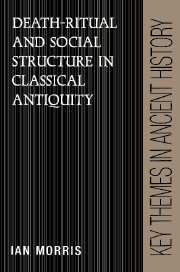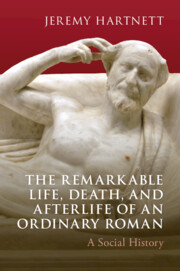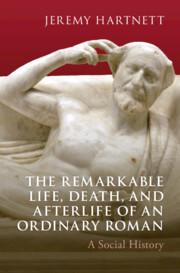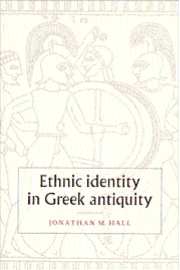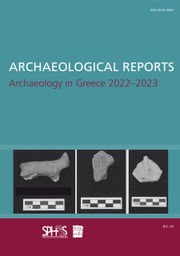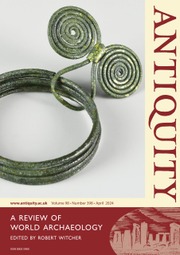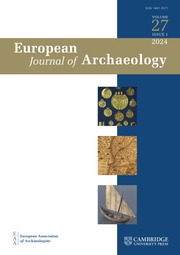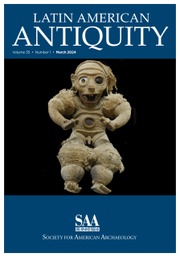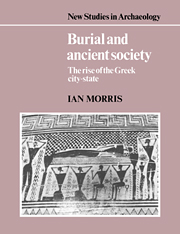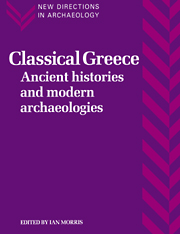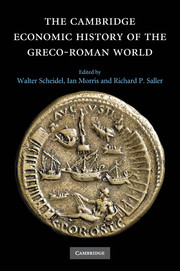Death-Ritual and Social Structure in Classical Antiquity
In this innovative book Dr Morris seeks to show the many ways in which the excavated remains of burials can and should be a major source of evidence for social historians of the ancient Graeco-Roman world. Burials have a far wider geographical and social range than the surviving literary texts, which were mainly written for a small elite. They provide us with unique insights into how Greeks and Romans constituted and interpreted their own communities. In particular, burials enable the historian to study social change. Ian Morris illustrates the great potential of the material in these respects with examples drawn from societies as diverse in time, space and political context as archaic Rhodes, classical Athens, early imperial Rome and the last days of the western Roman empire.
- Launch of a new textbook series
- Death continues to be an 'in vogue' topic
- Ian Morris was highly praised for his Burial and Ancient Society: The Rise of the Greek City-State (Cambridge University Press 1987, PB 1989); he manages to practise New Archaeology without abandoning the virtues of the Old
Product details
October 1992Paperback
9780521376112
288 pages
226 × 152 × 18 mm
0.41kg
48 b/w illus. 12 tables
Available
Table of Contents
- 1. The anthropology of a dead world
- 2. 'Mos Romanus': cremation and inhumation in the Roman empire
- 3. 'Dem bones': skeletal remains
- 4. Taking it with you: grave-goods and Athenian democracy
- 5. Monuments to the dead: display and wealth in classical Greece
- 6. Famous last words: the inscribed tombstone
- 7. At the bottom of the graves: an example of analysis
- 8. Conclusion
- Bibliographical essay
- Bibliography
- Index.

